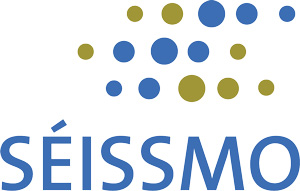Semiotic analysis in
brand & strategy research
What is semiotics?
Semiotics ('the study of signs') is a science that originated in the Anglo-Saxon and French-speaking world. Charles Sanders Peirce and Ferdinand de Saussure are considered the founders of modern semiotics.
Semiotics is the study of the meaning, use and analysis of signs (or sign systems). Signs convey, secure and transform information - meaning is everywhere. The fundamental meaning of signs is based on the assumption that every cultural phenomenon can be understood and analysed as communication.
Semiotic analysis provides insights into how symbols/codes, and therefore messages, are understood in different cultures. We use semiotic analysis to decode the implicit messages of products, shops and shelves.
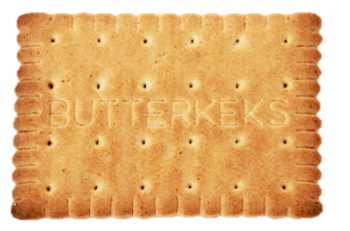
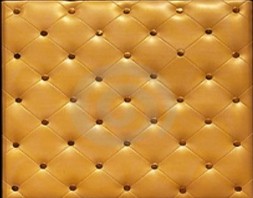

Communication is not just about words: Semiotics is used to decode explicit and implicit messages
In contrast to traditional qualitative market research, where consumers are asked about their perception (reception), semiotics analyses the signs emitted by a product, packaging or shelf.
Colour, shape, structure, arrangement, lighting, layout - all this is semiotics. Very often, certain codes already prevail in shops, shelves and product categories.
Semiotic analysis can therefore be conducted as an independent module within a study, completely independent of a survey. All we have to do is define the corpus to be analysed (which products, which packaging, etc.?). No recruitment required as no consumers are involved.
We analyse what products tell us and understand what is between the lines
It makes sense to analyse what products are telling us. Because every product, every innovation, every idea conveys a message: not only explicit, but also implicit. Consumers cannot verbally express the meaning of implicit messages.
Semioticians see what others only feel. We observe, analyse and decipher what a product, a brand, a shelf, a shop communicates. It is about uncovering the rules of a category by identifying the inherent codes. We see and analyse what a brand, a shelf, a product communicates visually, translating the meaning of shape, colour and design.
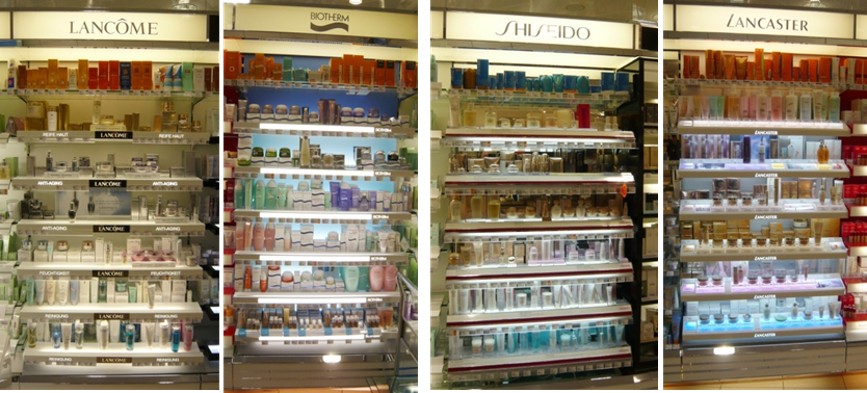
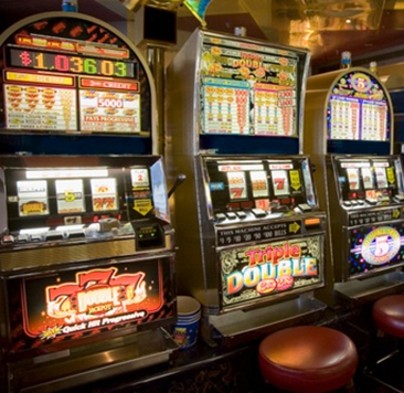
It makes sense to analyse what products are telling us. Because every product, every innovation, every idea conveys a message: not only explicit, but also implicit. Consumers cannot verbally express the meaning of implicit messages.
Semioticians see what others only feel. We observe, analyse and decipher what a product, a brand, a shelf, a shop communicates. It is about uncovering the rules of a category by identifying the inherent codes. We see and analyse what a brand, a shelf, a product communicates visually, translating the meaning of shape, colour and design.
Read more on Brand and Marketing
Mix Research
Advertising tests
Website discourse analysis of your & your competitors' websites
The other 3 pillars of our research expertise
Études exploratoires
- Attitudes, comportements, motivations et freins des consommateurs
- Usages et habitudes, parcours clients
- Visualisation produits / services, segments et cartes mentales
- Besoins latents, nouveaux territoires
- Segmentation de consommateurs
Études Shopper
regarder sous tous les angles
- Expérience d’achat (en ligne et en magasin)
- Parcours d'achat
- Prix et promotions
- Implantation optimale, co-création de linéaire (Do-It-YourShelf), merchandising
- Comportement d'achat
- Humeur, mission d’achat
- Leviers de la fidélité
Tests de produit et packaging
trouver le facteur addictif
- Potentiel de nouveaux concepts et idées de produit ou de service, facteur addictif
- Test de produit : sensorialité, nouvelles formules, variétés, parfums, goûts, textures, couleurs, formes, formats, ergonomie, usage, promesses, noms et slogans, etc.
- Test de packaging : matériau, forme, ergonomie, couleurs, etc.
- Test de service
- Expérience client et utilisateur

